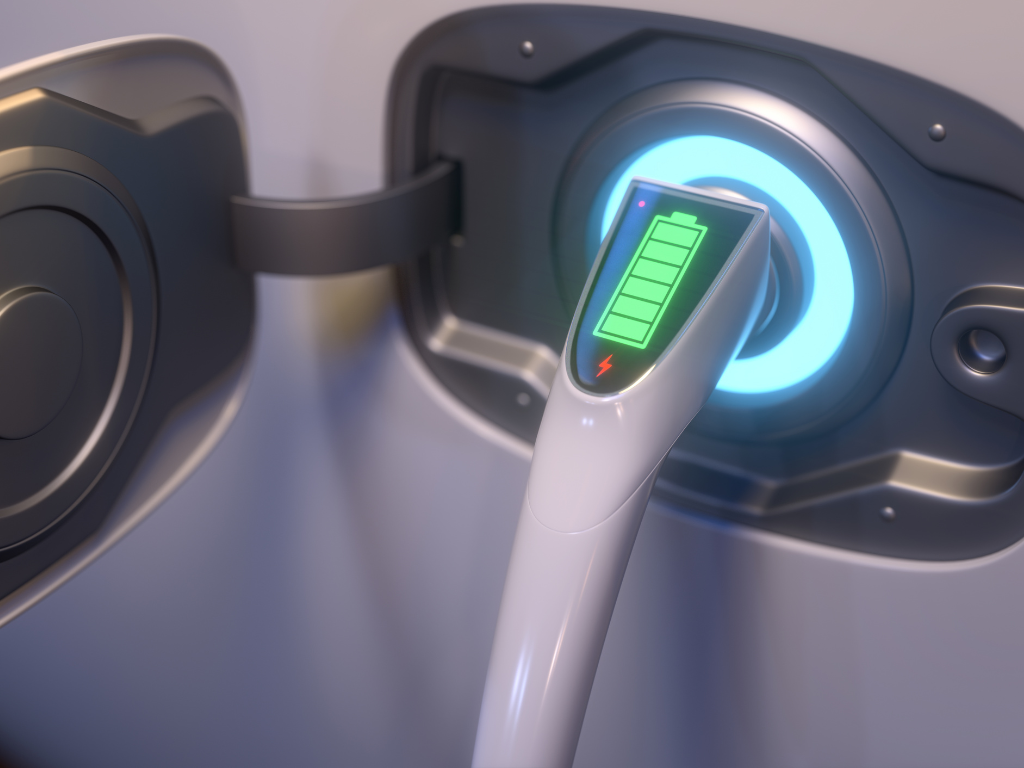“Price of lithium has gone to insane levels! Tesla might actually have to get into the mining & refining directly at scale, unless costs improve. There is no shortage of the element itself, as lithium is almost everywhere on Earth, but pace of extraction/refinement is slow.” – Elon Musk[/bt_text][/bt_column_inner][/bt_row_inner][/bt_column][/bt_row][/bt_section][bt_section layout=”boxed” top_spaced=”topSmallSpaced” bottom_spaced=”not-spaced” skin=”inherit” full_screen=”no” vertical_align=”inherit” divider=”no” back_image=”” back_color=”” back_overlay=”” back_video=”” video_settings=”” back_video_mp4=”” back_video_ogg=”” back_video_webm=”” parallax=”” parallax_offset=”” animation=”” animation_back=”” animation_impress=”” el_id=”” el_class=”” el_style=””][bt_row][bt_column width=”1/1″][bt_text] This increase affects the price of EV batteries, with recent estimates ranging from $2,500 to $20,000, depending on the car model. According to a report by the McKinsey & Company Battery Insights team, the demand for lithium batteries is expected to increase 30 percent annually. How this affects pricing remains to be seen as companies work to resolve global supply and manufacturing issues. We’ll explore additional issues affecting the EV manufacturing process in future posts. [/bt_text][/bt_column][/bt_row][/bt_section]
YES or NO to EVs?
Now’s the time to make a HUGE fleet decision!
It is anticipated that by the year 2040, Electric Vehicles (EVs) will comprise over half of new car sales. Some of the unique challenges this brings are being aggressively addressed, with a targeted effort to drastically increase the number of charging stations nationwide (click here for details). In addition, car manufactures are frantically developing more EV models to meet the predicted need. So now’s the time….fleet managers must make a final call on whether or not they will be making the transition.
With the heavy strain of extreme miles that your fleet carries, it may seem obvious that EVs are the way to go: batteries last over 100,000 miles, moving parts are simplified, and electricity is one third the cost of gas. But there are some other details to consider:
EVs aren’t good for the long haul; at least not currently. However, if your fleet is used for last-mile deliveries, reduced maintenance and the price of electricity should be strong motivators. Experts predict that if you make the transition to electric now, you will see immediate increases in your bottom line.
If you do pursue the switch to EVs, be sure all your drivers are equipped with an app to help find the closest charging stations while on the road. Infrastructure continues to be the greatest complaint of EV drivers, so these apps eliminate some of the frustration. PlugShare and ChargeHub are a couple of popular ones!
In this day of extreme technological advancement in vehicles, companies such as EverCharge are rising up to meet the EV management needs of fleet managers and improve the capacity of charging stations. This company also performs site assessment and develops a smooth transition plan that is specific to the needs of each customer.
If the EV world still seems a little too much like the world of the Jetson’s, you’re not alone. This technology is fast and furious, but it’s a world that affects absolutely every one of us. Whether or not you will transition to Electric Vehicles is the question that every fleet needs to assess. If yours needs to be overhauled, make it a priority and start one vehicle at a time. Experts all agree that this world is here to stay.
Electric Vehicle Provisions in the Inflation Reduction Act of 2022
The Inflation Reduction Act of 2022 (IRA) was signed into law on August 16, 2022 (Public Law 117-169). The law amends and repeals sections of the Internal Revenue Code of 1986 (Public Law 99-514) as it relates to tax credits for electric vehicle (EV) purchases.
The law extends and expands tax credits for EVs purchased after December 31, 2022. Tax credits are available through December 31, 2032.
Purchasers may claim up to $7,500 per vehicle provided that specific requirements are met. Requirements differ for individual and commercial purchases. The gross vehicle weight for all purchases must be less than 14,000 pounds.
The extension and expansion are welcome news for renewable energy proponents; however, it is important to note that qualifying for the credit is a bit more complex. New requirements were included to encourage production in North America.
For non-commercial purchases, income limits apply. Income for joint filers cannot exceed $300,000; head of household, $225,000; and other taxpayers, $150,000. The manufacturer’s suggested retail price (MSRP) cannot exceed $80,000 for vans, sport utility vehicles, and pickup trucks. Other vehicles are limited to $55,000. Batteries for EVs must meet composition requirements and minerals used in the production of batteries must meet specific requirements. Final assembly must occur in North America and any taxpayer claiming the credit must provide the Vehicle Identification Number (VIN) to the Internal Revenue Service.
Requirements for commercial purchases differ in that final assembly need not occur in North America and the critical minerals and battery component specifications do not apply. The law expands the credit for commercial purchases to include mobile machinery.
Additional provisions include incentives for building electric charging stations and expanding eligibility for the credit to previously-owned EVs provided that an individual’s income does not exceed specific thresholds. A mechanism is established to allow tax-exempt entities to claim the credit.
The United States Department of Treasury will issue regulations and guidance regarding implementation of the law’s provisions, and to clarify the applicability of the credit.



